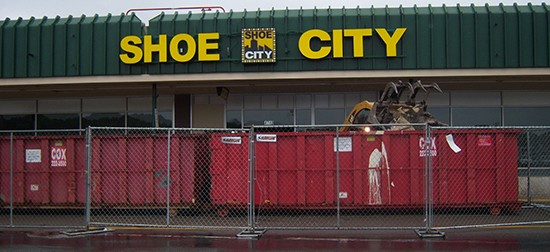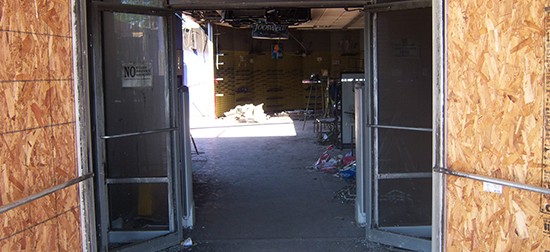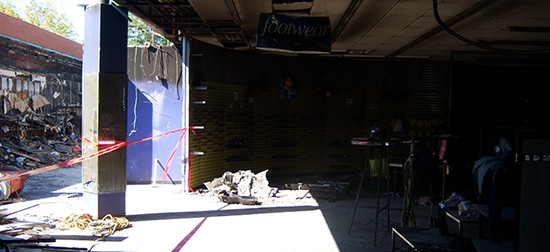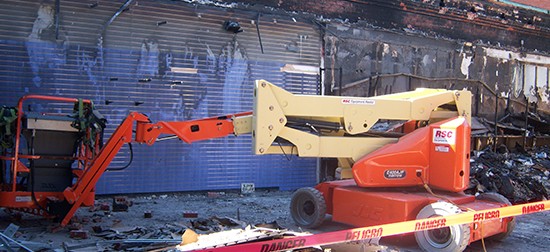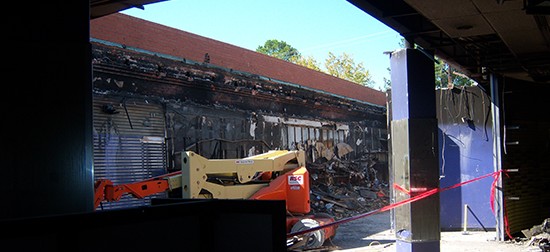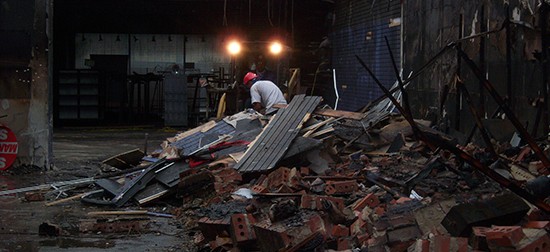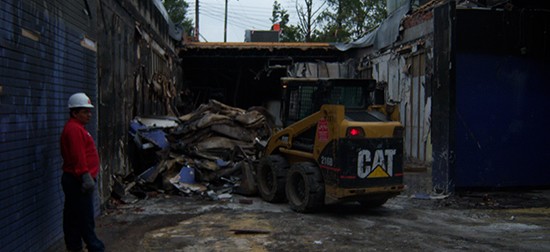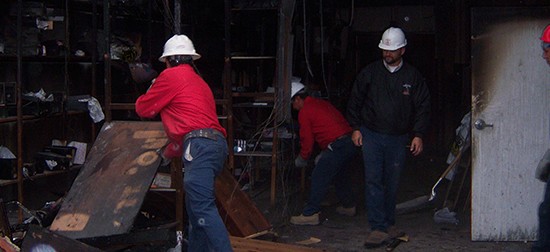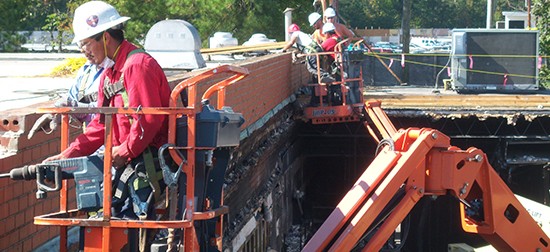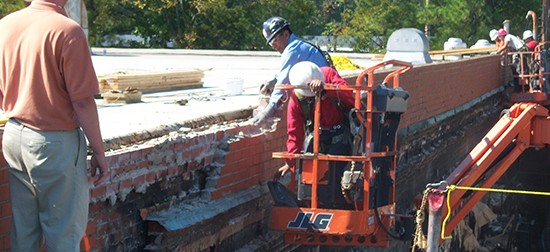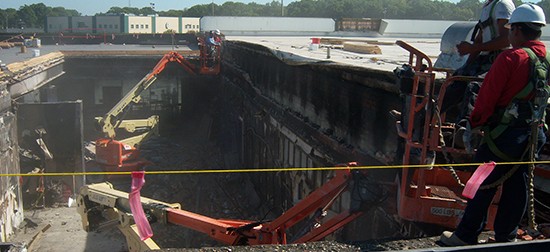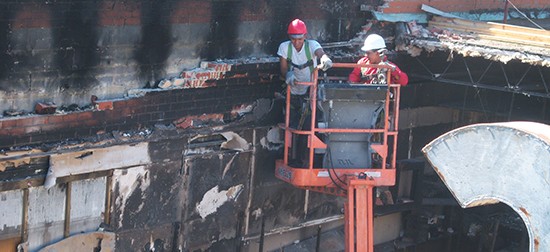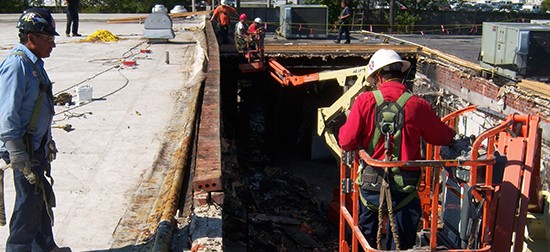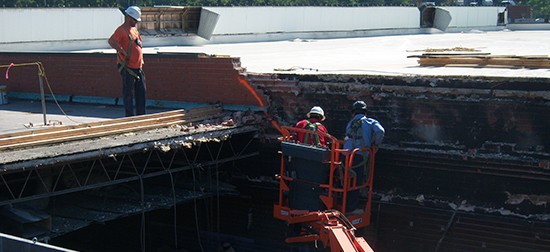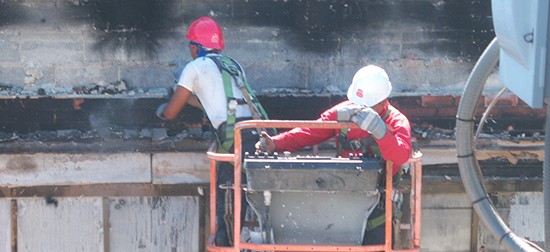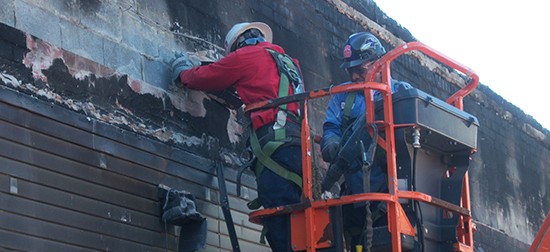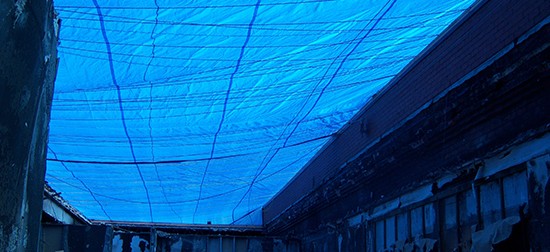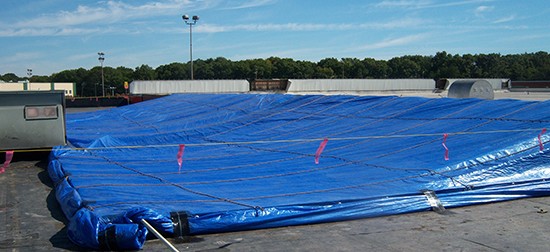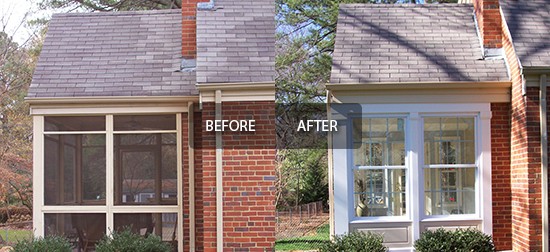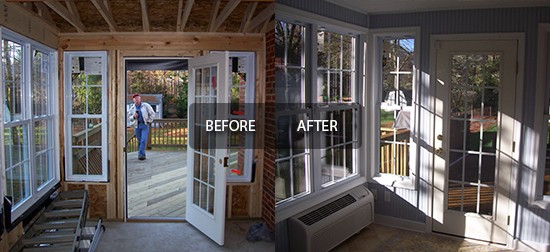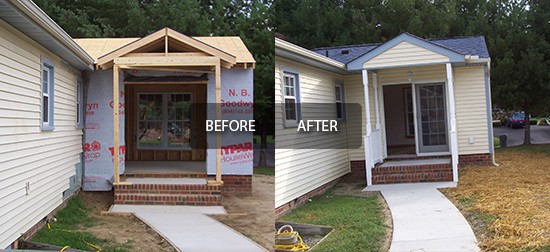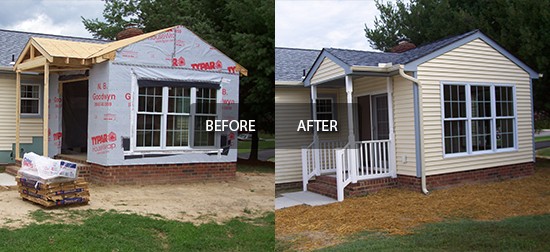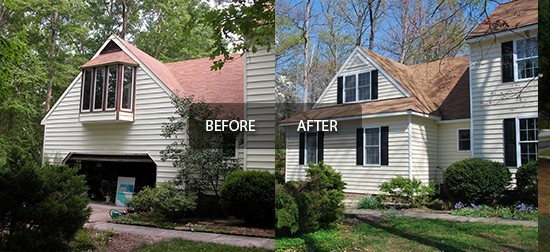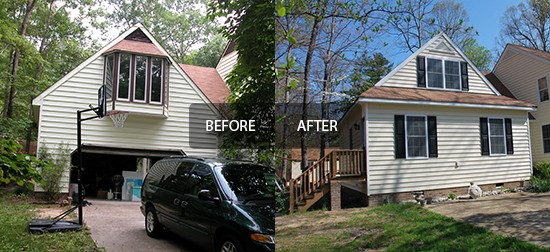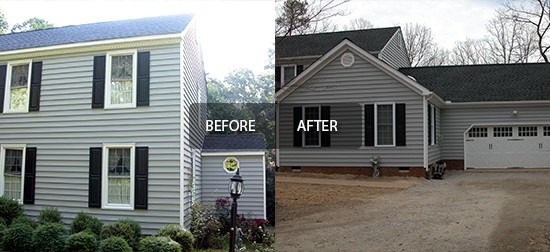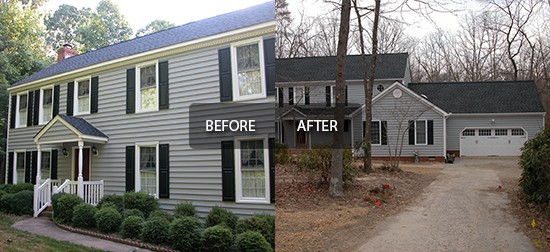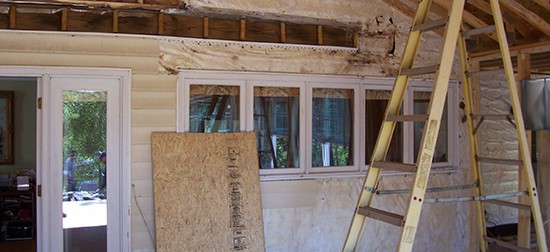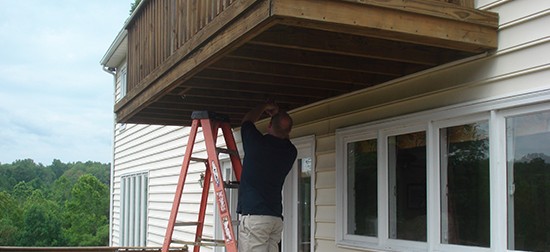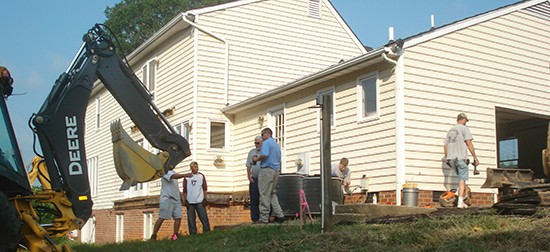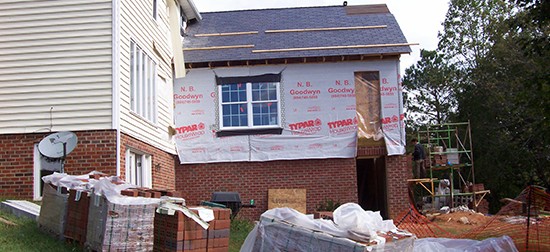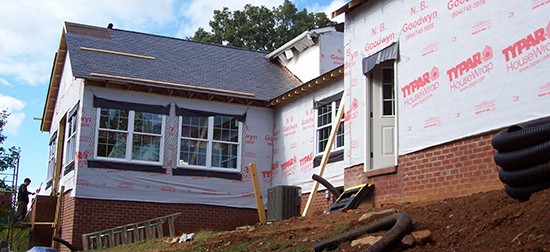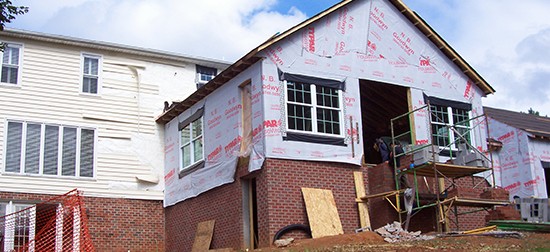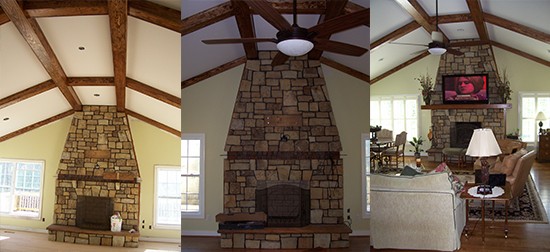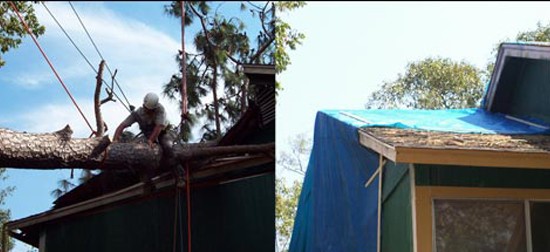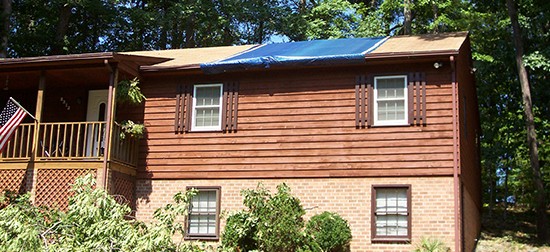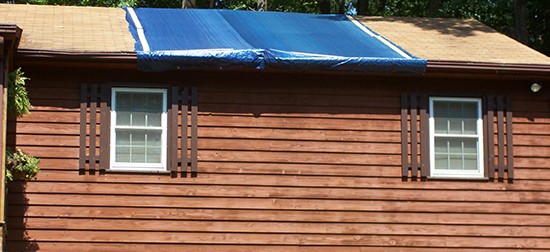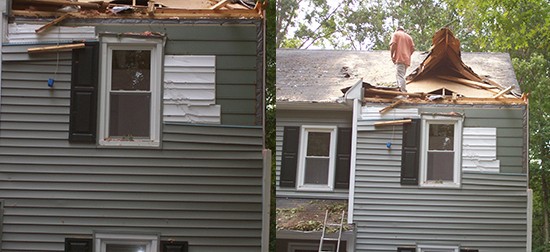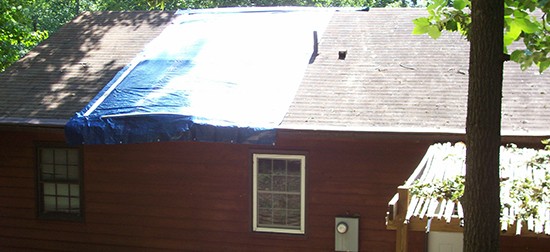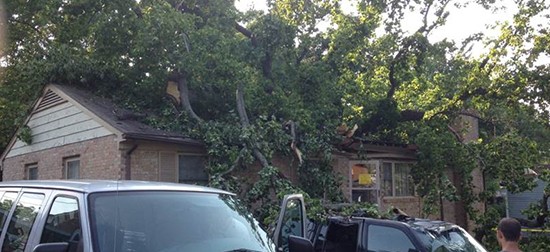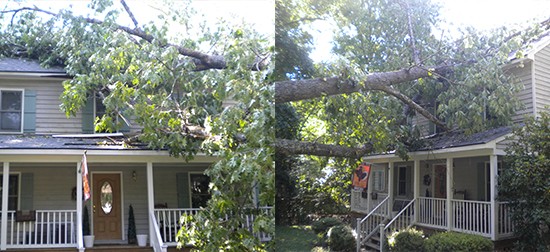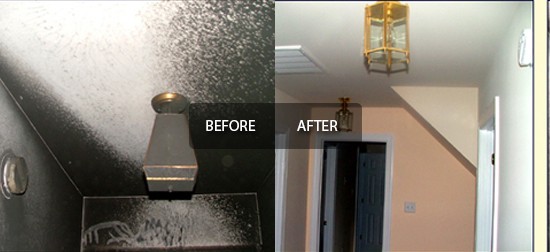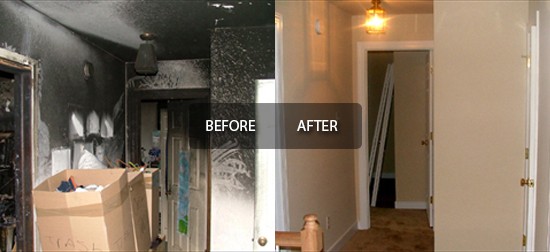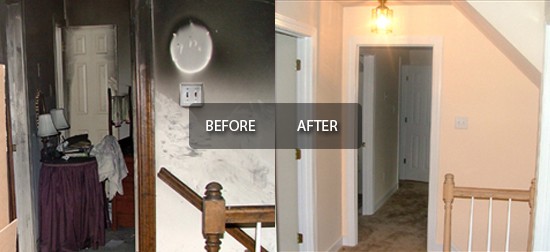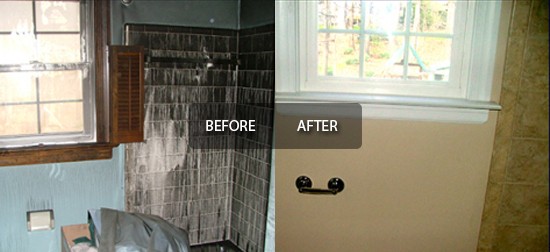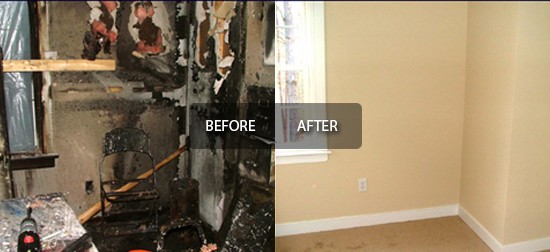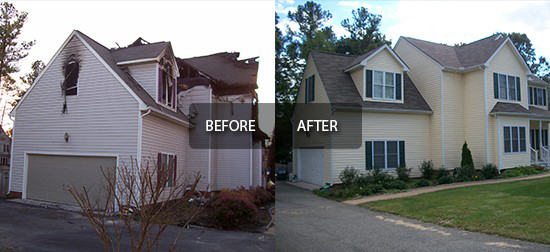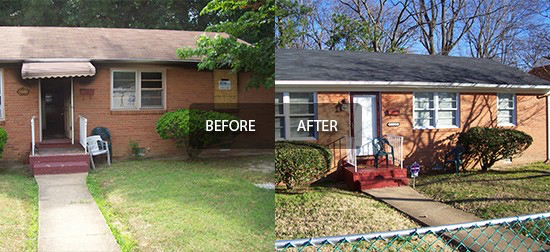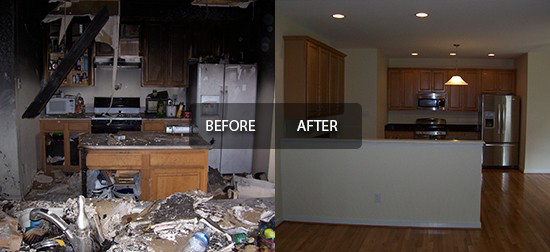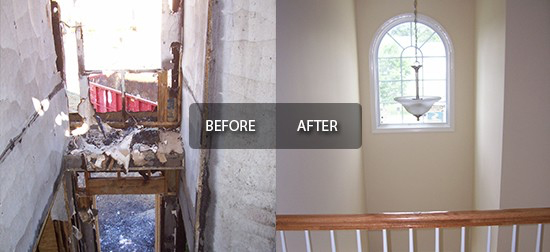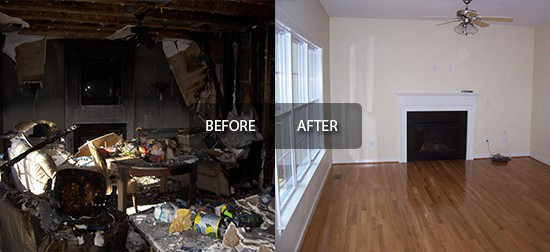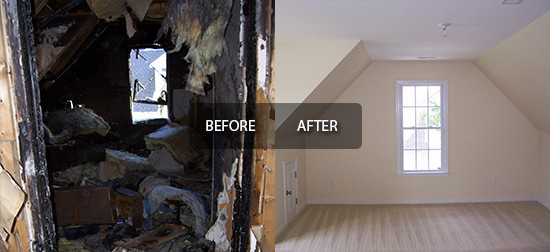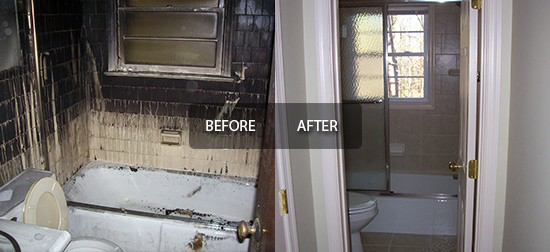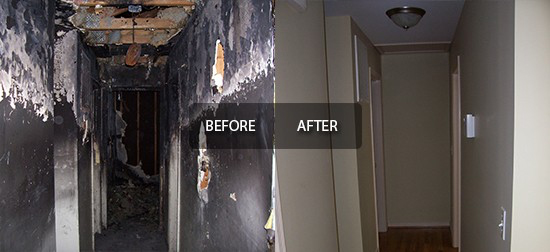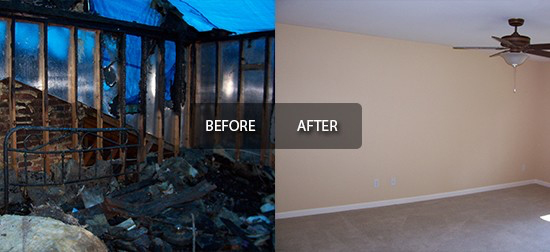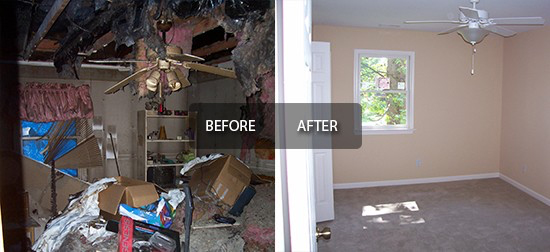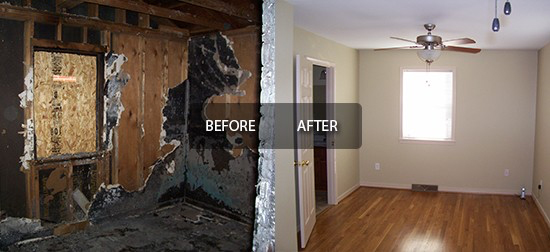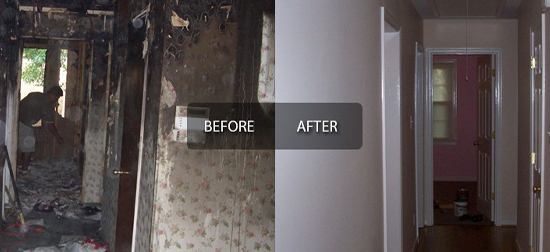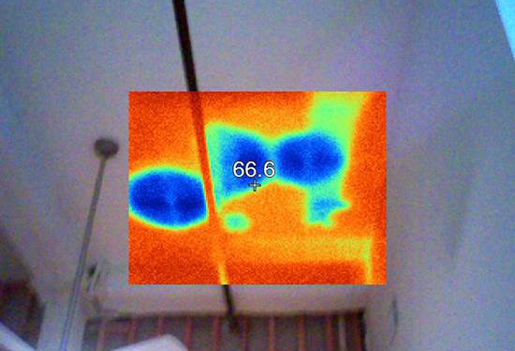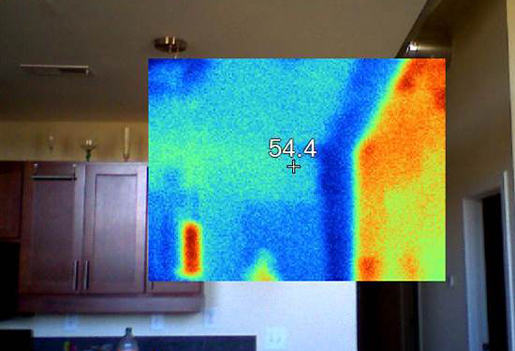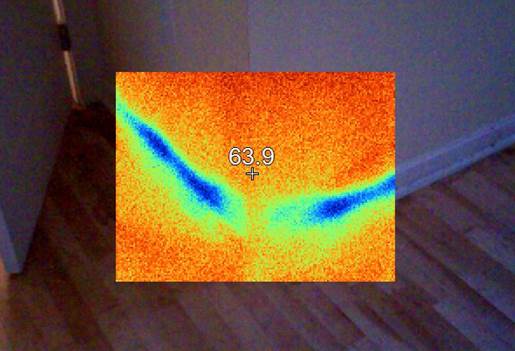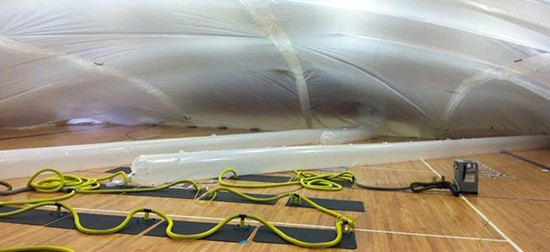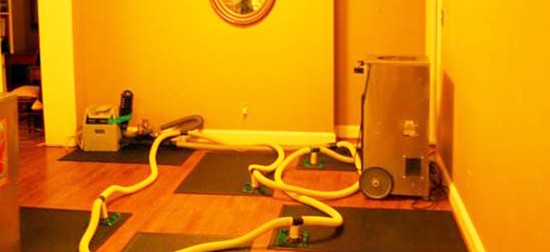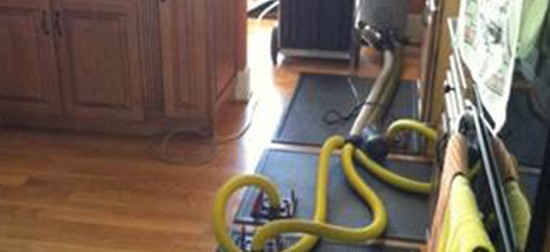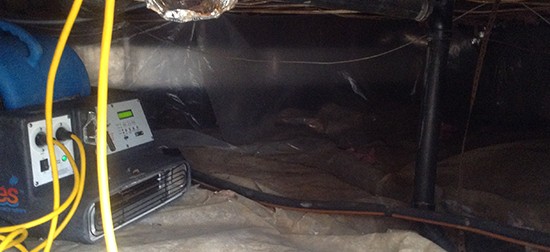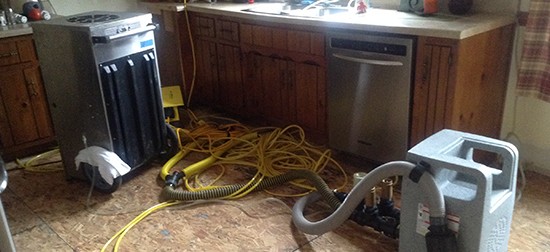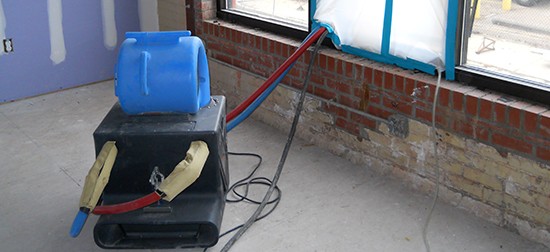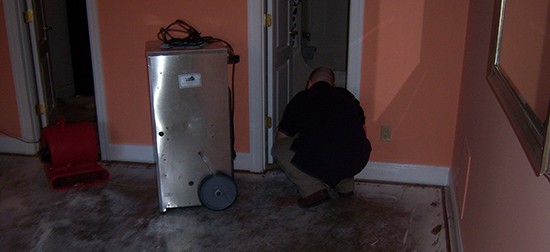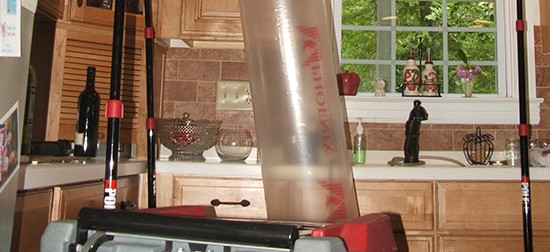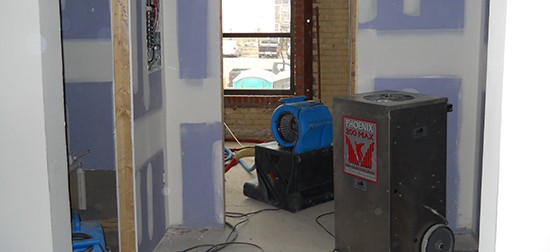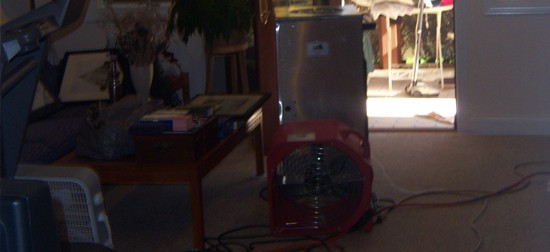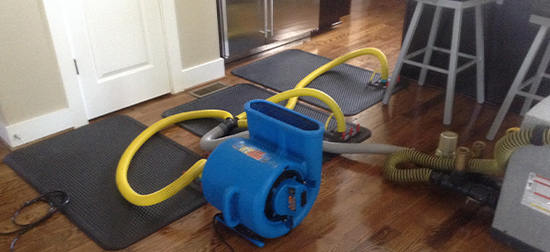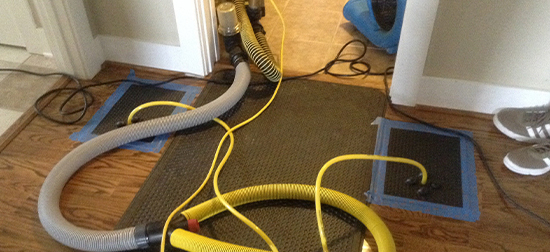Water damage from winter weather can cause significant damage. Even small splits in pipes can create thousands of dollars in damage. Taking the proper steps to prepare for extreme temperatures can help, we explain how here.
When you encounter extreme winter weather conditions, especially if there is damage, quick action is very important.
Dealing with Pipes that have frozen or burst
So what do you do if you find there is no water coming from the faucet and you suspect the cause is frozen pipes; leave the faucet open, don’t close it. Do your best to determine the source of the problem by looking for exposed pipes.
If possible apply heat to the pipes using a hair dryer or heating pad, do not use a blowtorch or any other device with an open flame.
Should you discover the pipes have burst and water is flooding into your home immediately shut off the water source, even a small slit in a pipe can produce many gallons of water quickly. Next remove items to minimize damage.
When you have water damage quick response is essential. Many people don’t realize that mold can grow in cold weather. Flooding can damage carpets, drywall, baseboards and furniture so quick response is essential to minimize the damage.
If a water heater is the source of the problem turn off the electricity (or gas) and the water supply or else it will continue to refill, creating more water damage.
Check out this video for tips on thawing pipes safely.
Removing Ice Dams
You may be asking, “What is an ice dam?” and “Why do I need to remove it?” Damage from ice dams can be extensive so it’s important to take action as soon as you become aware of the problem.
It doesn’t take a lot of ice accumulation to cause damage and the ice build up may not be obvious.
Here are some signs to watch for.
- Your home has had previous ice dam occurrences.
- Roof ice or icicles are forming on the edge of the roof or gutter.
- Ice is coming through the soffit.
- Ice is forming behind the gutters.
- Ice or water is on exterior walls.
- Water is coming through a door or window frame.
You may be tempted to grab an axe, hammer, chisel or other tool. This isn’t a good idea. It’s not safe and it can cause damage to your roof. Applying salt may seem logical; however, it too can damage your roof and kill grass and plants.
If you are experiencing leaks through your roof try blowing cool air from a box fan to refreeze the water.
An aluminum roof rake operated safely from the ground can help remove ice and snow.
Fill an old pair of panty hose with calcium chloride then toss the pair on the roof with part hanging over the gutter. Gradually the ice will melt allowing ice to flow from the roof.
Steam is typically the best solution. There are companies that offer this service and it’s best to use a professional.
If water damage is occurring then it’s a good idea to contact professionals who can help.
Here is a guide for properly removing ice dams.
Virginia Restoration Services has trained and certified technicians on call 24 hours a day 7 days a week. These technicians have the latest equipment for extracting water and cleaning up the mess.




